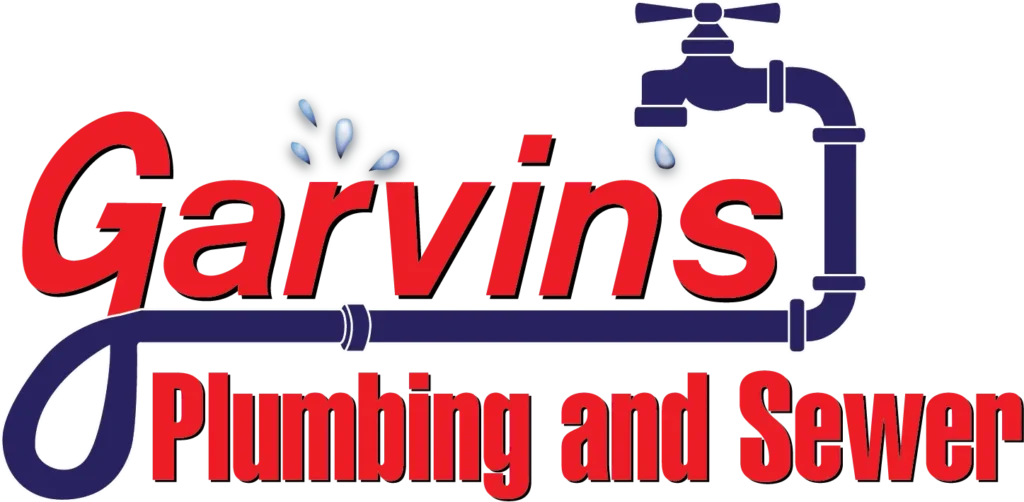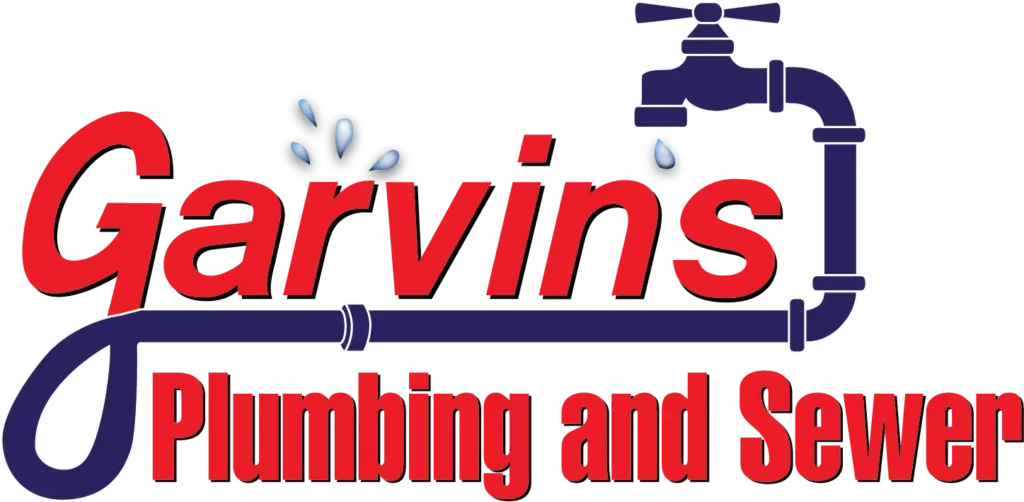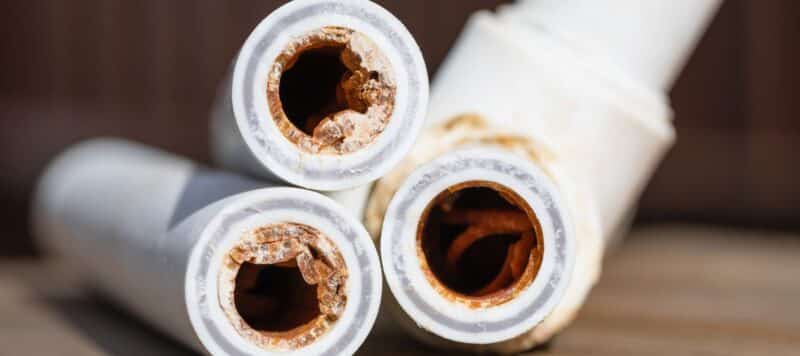
Plumbing Tips
5 Water Pressure Problems To Be Aware Of
Causes And Solutions For Common Water Pressure Problems Noticing changes in your home’s water pressure isn’t just frustrating — it’s often a…
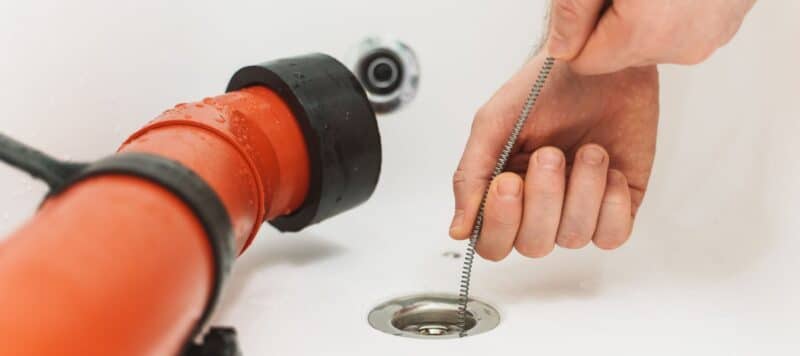
Drain Cleaning Service
What Is The Difference Between Drain Cleaning And Plumbing Repair Service?
Drain Cleaning vs. Plumbing Repair: What You Need To Know When your plumbing isn’t working as it should, it can be tough…
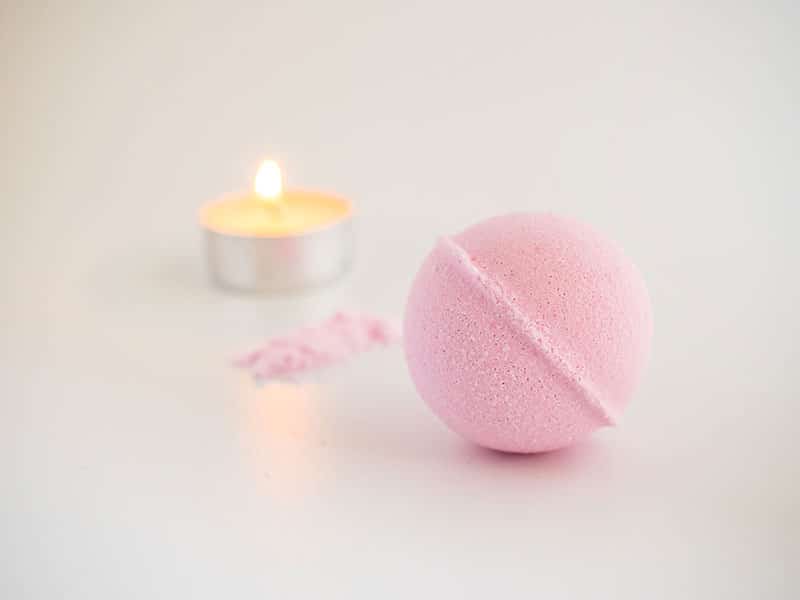
Plumbing Tips
Are Bath Bombs Bad For My Plumbing?
Bath Bombs vs. Plumbing: Tips To Keep Your Drains Clear Throwing in a bath bomb can make a relaxing soak even more…
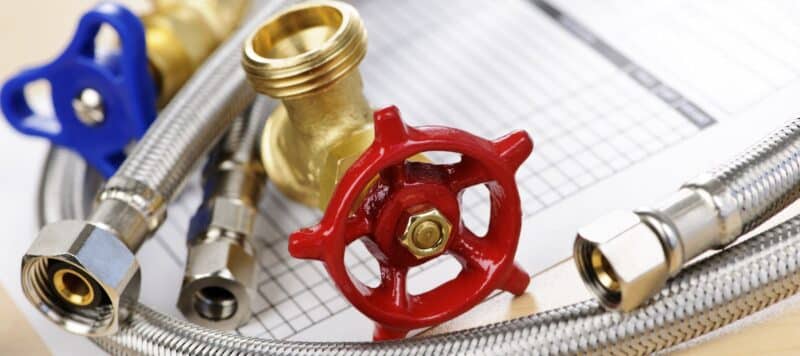
Drain Cleaning Service
Avoid Unethical Plumber Tactics
Plumbing Ethics In Denver, CO There’s a lot of competition in the plumbing industry. Each plumbing company in Denver wants to make…
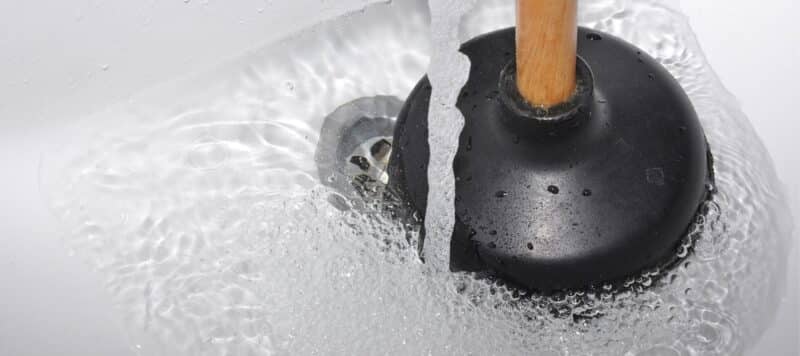
Clogged Drain
How Do I Know If I Need A Drain Line Repair?
Plumbing and excavating are hot topics for homeowners — both words seem to strike fear about bank accounts draining in an effort…
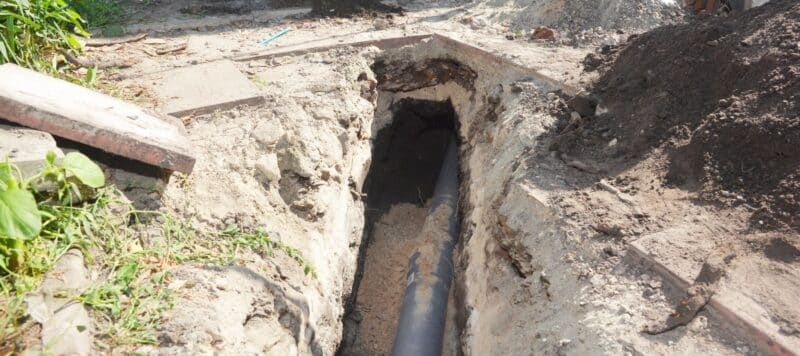
Sewer Line Maintenance
Plumbing Excavation Sewer Line Repair: What Every Homeowner Should Know
Local Plumbing Excavation: What Homeowners Need To Know Being in the sewer line business for over 80 years means we’ve heard and…
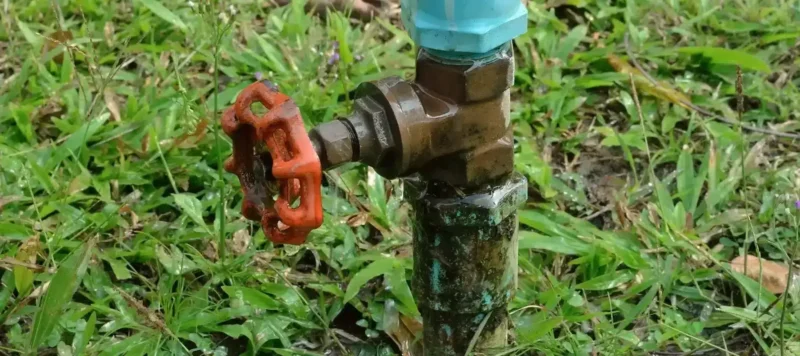
Common Plumbing Issues
How Do I Know When To Replace My PVB?
Every year in Colorado, businesses are required to have their backflow preventers checked. Homeowners don’t have the same requirement, but that doesn’t…
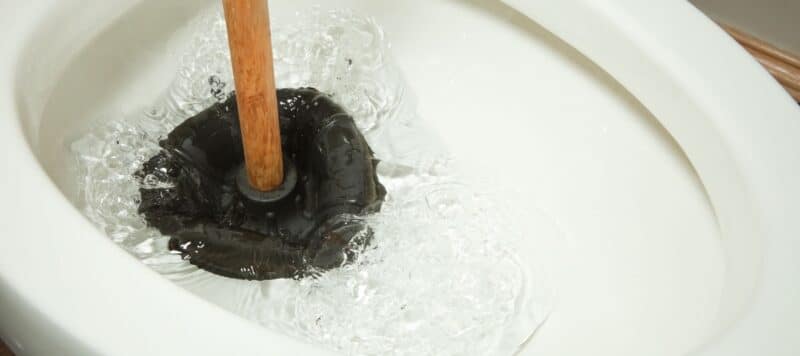
Plumber
When to Call a Plumber in Denver
I (Kris, Garvin’s GM) attend a weekly BNI meeting which is for business owners and marketing professionals who are looking to make…
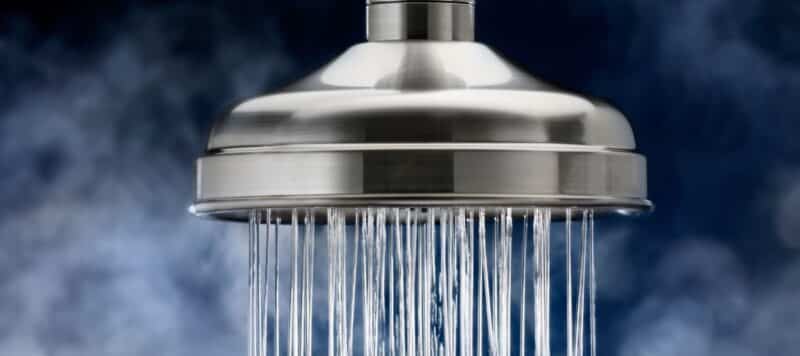
Water Heater Replacement
Are Tankless Water Heaters Worth It?
When you are looking to replace a water heater, it makes sense to do some research to see what the best solution…
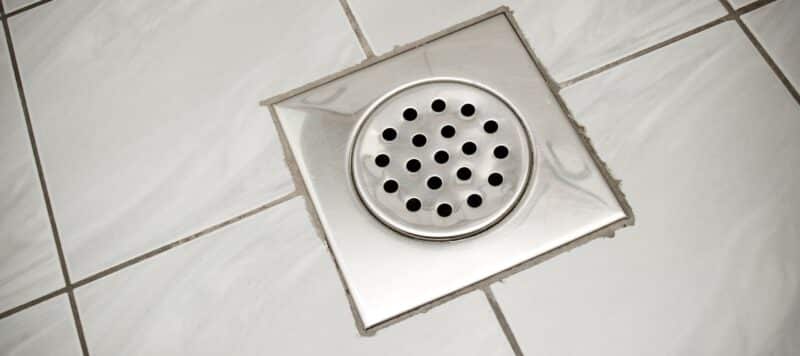
Backed Up Drains
Restaurant Drain Cleaning: 3 Things Every BOH Manager Should Know
Restaurant drain cleaning is (hopefully) not the biggest thing on your mind as a Back-of-House restaurant manager. We know you have your…
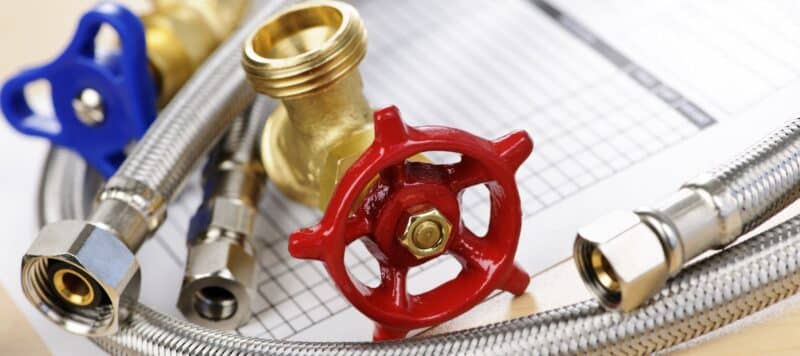
Plumbing Tips
Don’t Get Plumbing Parts Online
Online shopping can be fun. You can see lots of information about products, see design ideas you love, and build a cart…
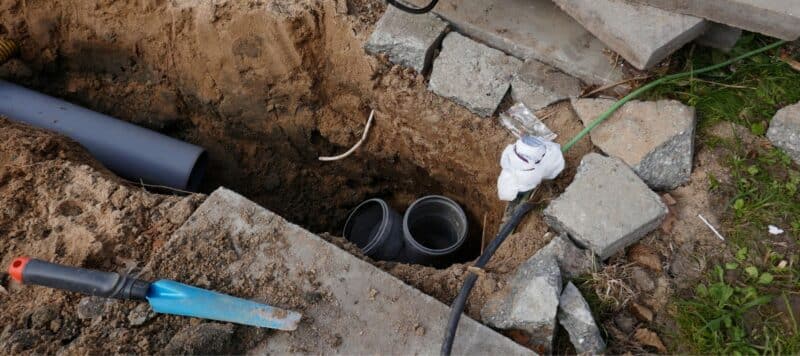
Blog
Do I need a sewer repair?
Do you need a sewer repair? First, let me start by saying we are NOT the company to tell you that you…

